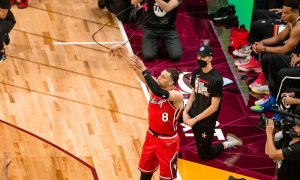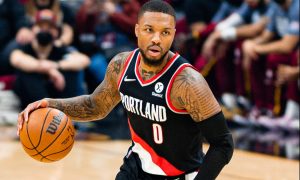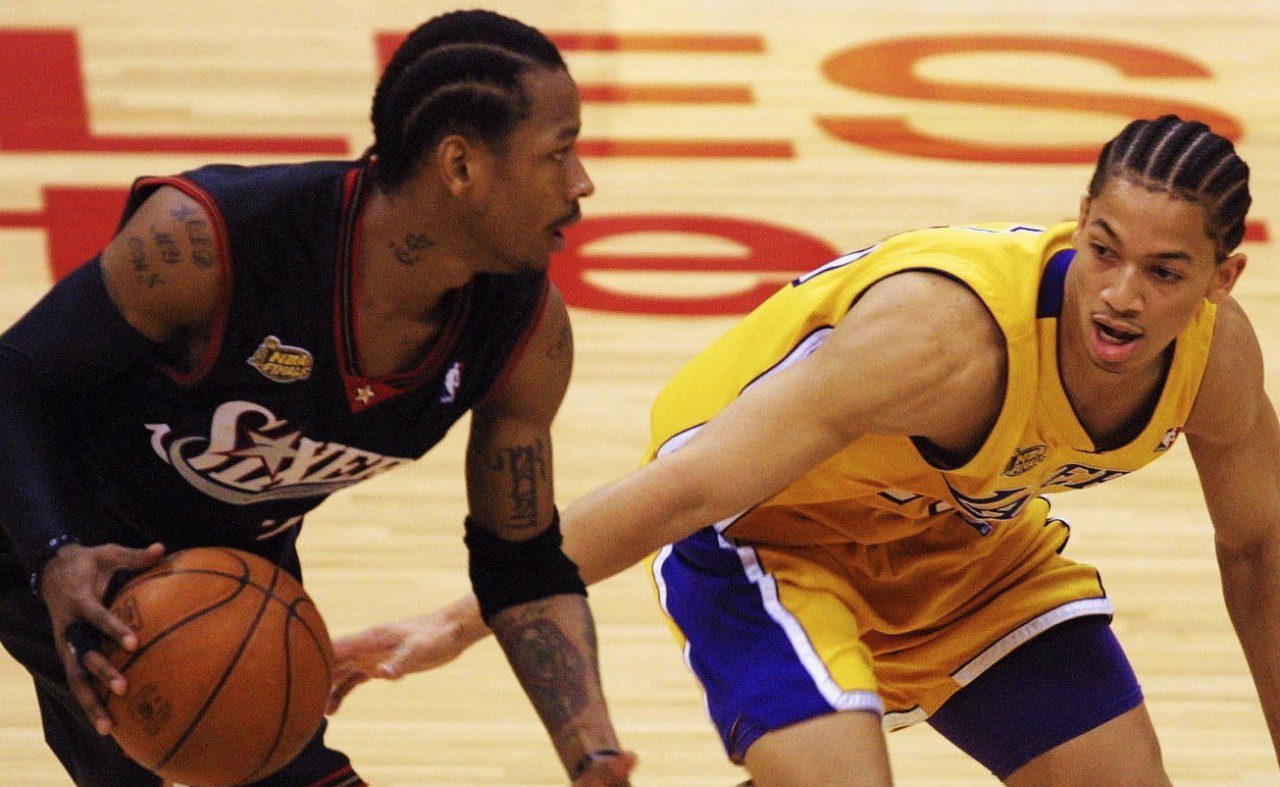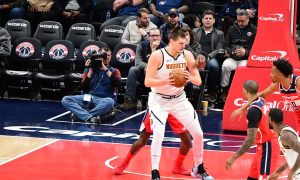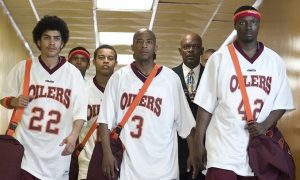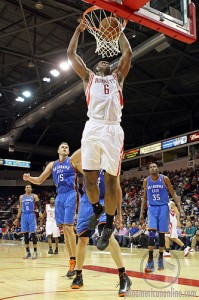
Image courtesy of thepanamerican.
If you’ve read any of my other work here at Baller Mind Frame, you might have noticed a common theme. I enjoy basketball because there are very few standards. Sure, there are five players and lines to play within, but within those lines, players can produce in such a variety of ways. In football, the running back can only contribute in certain ways: blocking, running, and receiving. In basketball, the center can play the role of a dunk-everything, go-for-blocks behemoth (DeAndre Jordan), or a pass-first, always-in-the-right-spot savant (Marc Gasol). I enjoy players that don’t fit roles. I enjoy players that can do a little bit of everything, or that can do things that aren’t normally asked of their position, like Mike Conley’s physicality or Lance Stephenson’s ability to fill up a box score. So of course, I have to write about the poster boy for this idea of a free flowing sport: Terrence Jones.
Jones has been a tweener since day one. At Kentucky, he played both the 3 and the 4, and he continues to do the same with the Houston Rockets. At 6’9”, 252 pounds, Jones has the girth of a power forward with the grace of a slasher. Jones can step out and knock down open three-point attempts, or go inside and bang with some of the bigger power forwards in the league. Is he a stretch 4, or an oversized 3? At only 22, I don’t know if Jones himself knows.
After a fabulous freshman year at Kentucky, Jones could have easily been a lottery pick, but instead took the road less traveled and stayed at Kentucky for one more year. He ended up falling to pick number 18 in the first round, getting lost on a team with other lottery picks like Anthony Davis and Michael Kidd-Gilchrist. Once in the NBA, he hardly played his in his rookie campaign. Jones only played in 19 games, never eclipsing the 30-minute mark in any contest. This season started with more of the same. Rockets coach Kevin McHale started the season with Omer Asik and newcomer Dwight Howard each having starting roles, with Jones playing meaningless minutes or not playing at all. With Asik failing to score in double digits a single time, McHale decided to switch things up and give Jones a chance.
Jones came in and grabbed a double-double in his first NBA start, and would add 12 more in his next 37 games up until this point. Out of the 40 players with the most double-doubles this season, only Kenneth Faried, Jared Sullinger, Jonas Valanciunas, and J.J. Hickson have played fewer minutes per game. Out of those five players, none of them have showed the kind of potent and varied offensive attack that Jones has flashed at such a young age (Reminder: he turned 22 on January 9th).
Jones has put together a solid stat line so far this season, averaging 12.9 points, 8.2 rebounds, 1.4 assists, and 1.5 blocks per game since he came into the starting role. His best game came on January 18th against Milwaukee, where he put together a 36-point, 11-rebound performance on only 20 shot attempts. That was one of six times he’s eclipsed the 20-point plateau as a player who is arguably the fourth or fifth scoring option on team with two All-Stars. If the Rockets are serious about jumping into the upper echelon of Western Conference franchises, they have to make one more move, and Jones gives them the flexibility to do so.
The most exciting thing about Jones is that he hasn’t even come close to reaching his potential yet. He still has things that he could work on to become much better. Jones is shooting 29 percent from behind the arc and an embarrassingly low 59 percent from the charity stripe. First, on the free-throw problem. Jones was at least better, if not quite good enough, in college. Then there is the problem of only getting to the line 2.7 times per game. Generally, the next step comes for young stars when they start to get to the line more, and that’s something to keep an eye on with Jones. If he can get anywhere close to Anthony Davis’ (a comparatively young, outside-inside big) 6.5 free-throw attempts per game, look for his scoring to take a big leap.
As for the three-point shooting, it becomes less abysmal when you realize that he’s connecting on 39 percent of his attempts from the corners. If Jones wants to become a first or second option one day, he’ll have to get better from the entire arc, but for this team, him taking more of those corner threes might do the trick.
Jones possesses a good looking jump shot, so these numbers should go up, seeing as it’s hard to see them going anywhere else. Jones has always been an uber-talented player, and now he seems to be a position to succeed. I don’t know if I’m ready to proclaim him as a star, but he’s definitely on the right trajectory, an important matter for the Rockets.

